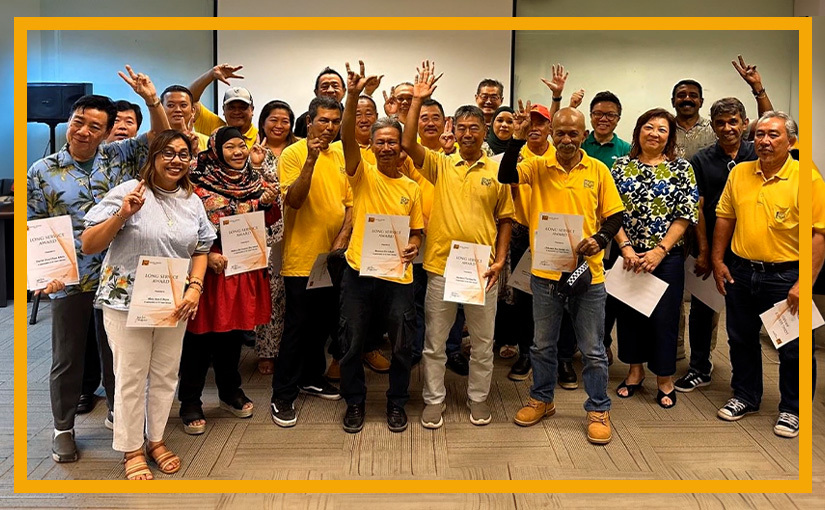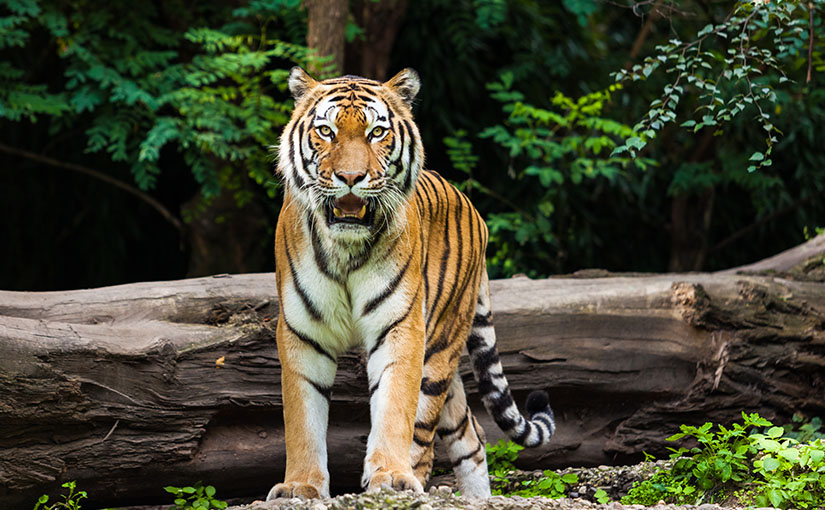Conservation Story 10: Captured on Camera: Wild tiger Hunts World's Largest Bovine in Thailand
- Asian Tigers Group
-
Home » News » Industry News » Conservation Story 10: Captured on Camera: Wild tiger Hunts World's Largest Bovine in Thailand
Conservation Story 10: Captured on Camera: Wild tiger Hunts World’s Largest Bovine in Thailand
3 Feb 2020
Some incredible tiger news from Thailand, where rare camera trap footage has captured an adult resident male and it’s huge prey – the first time WWF observed this directly in Mae Wong National Park.
A wild gaur, known to be the world’s largest bovine, was found dead in Mae Wong National Park in late December last year. The marking on the gaur carcass revealed claw marks on its side and bite marks on the throat. But it wasn’t until WWF placed camera traps in the same spot that we were able to finally confirm that a tiger killed the gaur. This is a rare and important find.
The research team was delighted to confirm its identity as MKM8, a male tiger they have been tracking since 2014. “MK” refers to him being a resident of Mae Wong-Klong Lan National
Parks, and “M” represents his gender.
“It is rare to capture a tiger killing a gaur on camera. Even for tigers, killing a gaur is not an easy task,” said Dr. Rungnapa Phoonjampa, WWF-Thailand’s Mae Wong and Klong Lan Project Manager.
By monitoring the carcass, we discovered that MKM8 came to feed over a period of about two weeks. This indicates the importance of large ungulate prey such as gaur and sambar for tigers because one kill can provide so much food. Our Tiger Recovery Project is trying to increase these large ungulates through patrolling, community outreach, and habitat improvement (creating saltlick and grassland).
What’s even more remarkable is that Mae Wong National Park is not the tiger’s first home. He was born in Huai Kha Khaeng Wildlife Sanctuary, further south. We first captured him on camera in Mae Wong in 2014 and he has been a resident in this park since then.
Both Huai Kha Khaeng and Mae Wong are part of Thailand’s Western Forest Complex, which is earmarked by the Department of National Parks, Wildlife and Plant Conservation (DNP) for the country’s tiger recovery plan.
WWF-Thailand has been working with DNP on tiger research and conservation in Mae Wong–Klong Lan National Parks since 2012. The team is extremely happy to see our efforts paid off with tiger MKM8 growing up to be so healthy and strong. He is about 8-year-old now.
Thailand has one of the last strongholds of wild tigers in Southeast Asia, and this recent camera trap video provides further evidence of the need to continue protecting the landscape.










